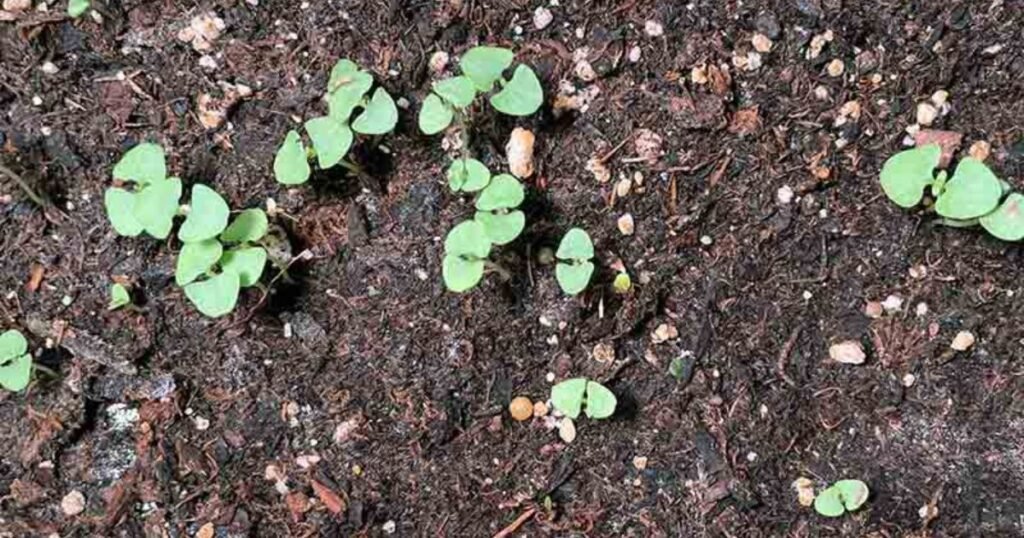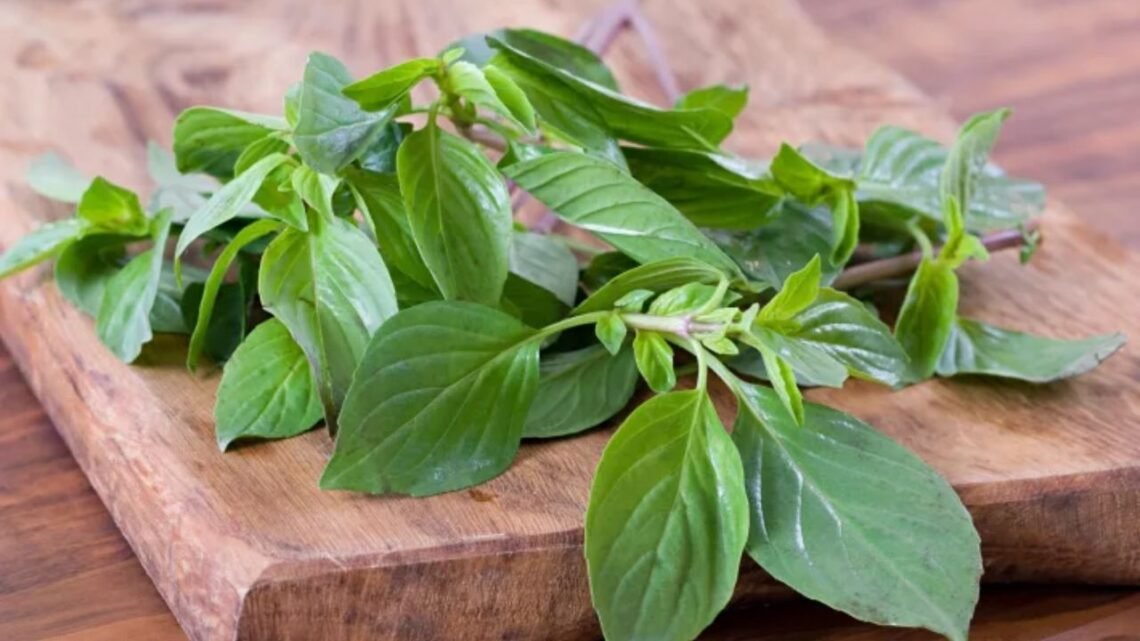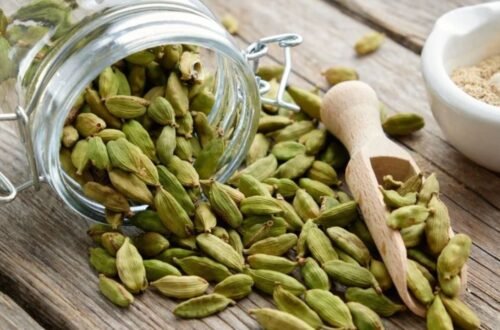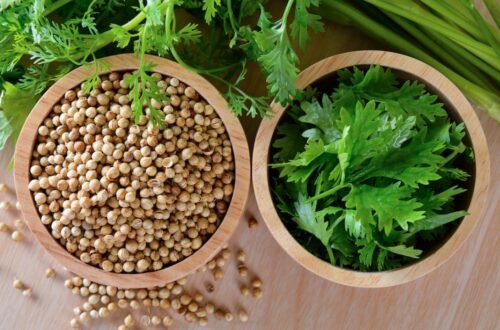Cooking is never complete without the magic of herbs, and among the most unique ones is Thai basil. For many people who grew up in Southeast Asian households. They were always on the dining table, added to pho bowls, rice rolls, stir-fried dishes, or simple curries. The taste of basil is special because it has an herbal, slightly spicy flavor that feels stronger and sharper than the regular sweet basil most people know. In this blog, we will explore everything about basil, from its characteristics to how you can grow it at home.
The Special Taste of Thai Basil
Thai basil does not belong to Italian sweet basil due to the presence of a strong and slightly spicy taste. It brings a touch of anise and licorice that adds flavor to foods. When you add basil leaves to your soups or noodles, you get a fresh scent that gives the meal an authentic Asian and soothing flavor. However, basil does not lose its flavor despite being cooked at high temperatures, unlike sweet basil, which is mild and is frequently used in pasta or pesto. That is why you can find it so frequently tossed in stir-fried meals or in curries without losing the flavor.
Thai Basil Leaves vs Sweet Basil
To avoid any confusion, people may tend to mix Thai basil with the common sweet basil, so it is beneficial to take a look at the difference between them. Sweet basil is soft, soft in flavor, and has bright green, rounded leaves. Basil, on the other hand, is darker and has narrower leaves. basil has stems that are typically purple, and therefore, it is easy to identify it when compared with sweet basil. Both varieties are tasty; however, These leaves are more appropriate to Asian cuisine due to their strong and slightly spicy taste.
Here’s a simple comparison in a table format:
| Feature | Thai Basil | Sweet Basil |
| Leaf Color | Dark green | Bright green |
| Stem Color | Purple | Green |
| Flavor | Spicy, anise-like, stronger aroma | Mild, sweet, soft flavor |
| Cooking Use | Soups, noodles, curries, stir-fries | Pasta, pesto, Italian dishes |
| Heat Tolerance | Retains flavor when cooked | Loses flavor when cooked too long |
Cultural Importance
For many Asian families, basil is more than just an ingredient. It is a symbol of home-cooked meals and shared memories. In Vietnamese food, basil leaves are almost always served alongside pho, giving people the chance to tear a few leaves and add them fresh into the soup. In Thai cuisine, the herb is the soul of dishes like basil chicken stir-fry or Thai curries. The combination of chili, fish sauce, and basil creates a balance of spice, saltiness, and freshness that cannot be replaced by any other herb.
How Thai Basil Looks and Grows

The sight of a Thai basil plant makes you observe its purple stems, which are striking in appearance, and the narrower leaves with slightly jagged edges. The plant grows faster in warm environments and has an abundance of sunlight. basil also produces purple flowers, which are very pretty; thus, it is not only a handy herb to prepare in the kitchen but also a beautiful plant that one would like to have at home.
Thai basil can be grown with ease either indoors or outdoors, provided that you know the basic needs. It prefers warmness, sun, and well-drained soil. It can withstand hot cooking conditions, unlike many herbs, a fact also indicative of how sturdy and strong the plant itself may be.
Growing Thai Basil at Home
There is a large-scale increase in people planting herbs in their gardens, and basil is a great choice. It not only gives a special taste to your cooking, but it also looks beautiful in the kitchen garden. The trick is to provide basil with plenty of sunlight in case you intend to grow it. An opening in the window where the plant obtains not less than six hours of light in the daytime is ideal. Regular watering but not excessive: the plant dislikes its roots to be too long.
Thai basil soil must be drained and somewhat acidic. Plain potting mix will also suffice, and you can also add a small amount of compost to give it additional nutrients. This plant also reacts well to pruning, and once you cut basil leaves to cook, the plant regrows even bigger. This can be of use to home gardeners as well as being rewarding.
Using Thai Basil in Cooking
The most popular way to enjoy basil leaves is in Asian dishes. They go beautifully with noodles, soups, fried rice, and curries. The herb is also great for garnishing fresh rolls, salads, and even grilled meats. When added raw, the leaves give a fresh, minty, and slightly spicy kick. When cooked, they blend into the dish and give it a deep and aromatic taste.
One of the best things about basil is that it does not lose its flavor when exposed to heat. This makes it a perfect herb for stir-fry recipes, unlike sweet basil, which is better suited for raw or lightly cooked dishes.
Health Benefits

Apart from being delicious, Thai basil leaves also come with several health benefits. They are rich in antioxidants that help the body fight free radicals. They also contain vitamins like vitamin A and vitamin K, which are important for eye health and blood circulation. basil leaves are known to support digestion and may also help reduce inflammation in the body. For many people, adding basil to meals is not just about flavor but also about making food healthier.
Challenges in Finding Thai-Basil
In an area that does not have many Asian grocery stores or markets, basil may take a bit of time to locate. Basil is more prevalent in specialty markets as compared to sweet basil, which is readily available in supermarkets. Lots of individuals who lack the flavor prefer to plant their own basil in their homes, which is an easy and cost-efficient solution. After growing a healthy plant, you can cut off fresh leaves every month or so, and they always taste better than the ones you buy in the store.
Storing Thai Basil Leaves
Fresh Thai basil leaves can be stored in the refrigerator for a few days, but they are always best when used quickly. Some people wrap the stems in a damp paper towel and place them in a plastic bag to keep them fresh longer. Others keep them in a glass of water, just like fresh flowers, which helps them stay vibrant for several days. Dried basil is also available in stores, but the flavor is not as strong as fresh leaves.
Conclusion
Thai basil is not only a kitchen herb. Many families in Asia and the world have it as a cultural, traditional, and a memory of food. Thai-basil leaves are one of the outstanding herbs with their powerful taste, distinct appearance, and health advantages. basil adds a warm and rich flavor to your meals, whether you add it fresh to your pho or throw it into a stir-fry, or grow it in a small pot on your windowsill.
For anyone who loves cooking or simply wants to add something special to their food, Thai basil is a perfect choice. It connects people to flavors of the past and creates delicious experiences for the present.
Also Read About: Castor Oil in Belly Button: Benefits, Side Effects, and What It Does





